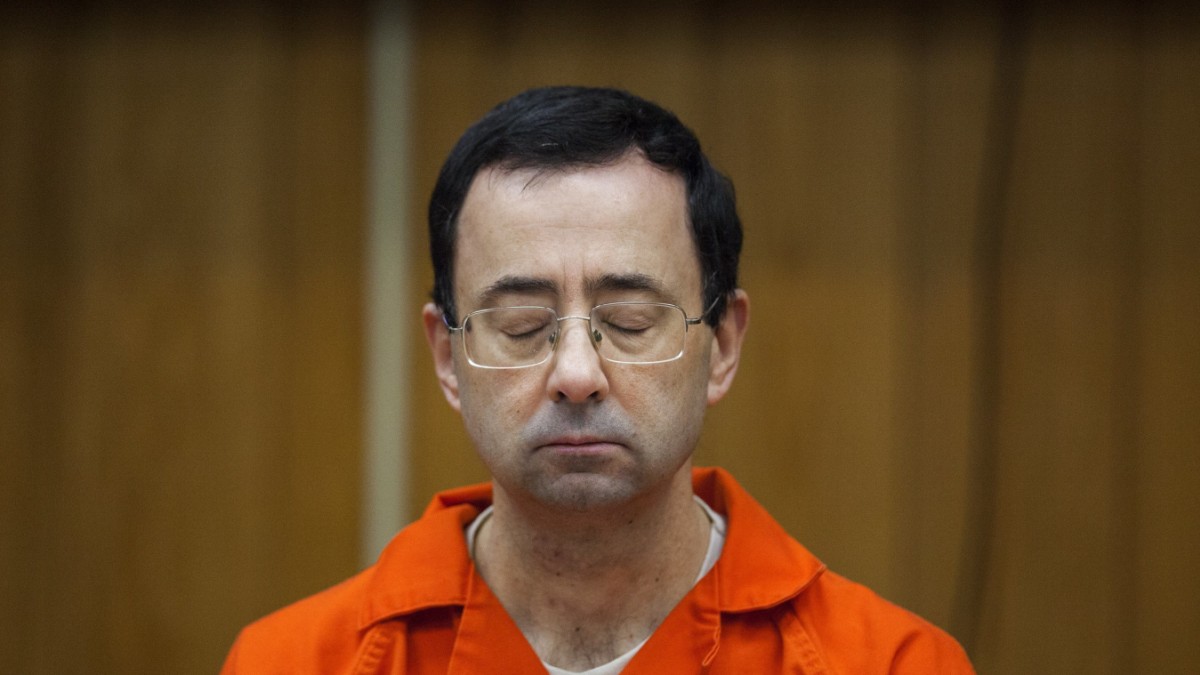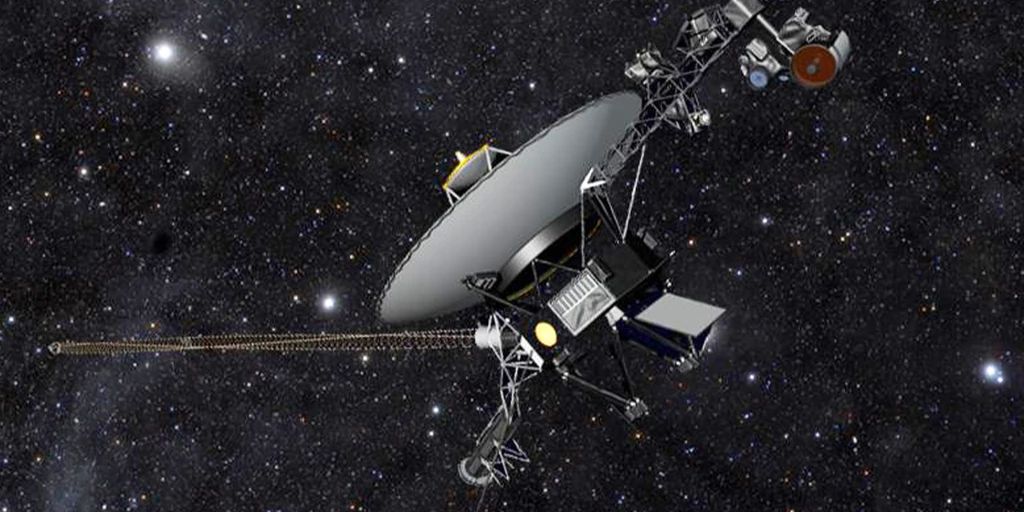Combining early cotyledons with ice-weather caprioles becomes a challenging botanical challenge in the context of climate change. A pilot study now demonstrates: deciduous tree species specifically recovering from damage caused by late frosts can gain critical developmental advantages under changing climatic conditions and thus spread.
The trend is clear: mild weather conditions awaken nature from hibernation unusually early. Deciduous trees often turn green very early in the year. You might think they are still early. However, studies have already shown that there is a problematic aspect to this developmental spurt. Because early warm phases in the context of climate change can continue to be marked by freezing cold snaps. Such late frosts can hit the delicate leaves of the “early risen” trees hard and thus severely damage young plants in particular.
Spring frosts have always been a danger to deciduous trees in our latitudes, to which they had to adapt. But: “Although frost damage is an important topic, not much is known about how severely it affects our trees,” says lead author Frederik Baumgarten of the Swiss Federal Institute for Forest, Snow and Landscape Research (WSL). Nor is it clear why the trees “play with danger” at all and why they germinate early despite the possibility of late frosts. Baumgarten and his colleagues have now investigated these questions in a pilot study.
On the trail of early budding and frost damage
The research team’s “test subjects” were biennial plants of four European tree species: wild cherry, English oak, hornbeam and common beech. In order to allow them to grow at different times, they were exposed to different temperature conditions in climatic chambers. There was an earlier and later group compared to the control trees turning green under ‘normal’ spring conditions. As the buds unfolded, the researchers mimicked a frost event in the climate chambers on part of the plants, causing the leaves to die off. They then transplanted all of the seedlings outdoors and studied how they recovered from the event and developed over the next year and a half.
As the scientists report, the results show that the timing of budding is a balancing act. “It may be worth the risk,” Baumgarten says. Seedlings that germinated later than average lagged behind their peers in terms of growth. If, on the other hand, they germinated a few days before the competition, many seedlings would have been able to grow a relatively large amount of biomass. But these advantages are of course associated with the downsides of an increased risk of frost damage. In addition, the evaluations showed that the seedlings, which had germinated rather early, were increasingly affected by aphids. The scientists explain that the results reflect the fact that the optimal time for leaf burst has settled between certain limits for each tree species over the course of evolution.
An investment in recovery potential
With regard to the consequences of frost damage, there were distinct differences between the four tree species examined, the researchers reported: All frost-damaged trees grew significantly slower than untreated comparison groups due to loss of their first green. However, in the case of oaks and wild cherries, relatively effective strategies for dealing with damage have emerged. “I was amazed at how well some species recover from frost,” says Baumgarten.
According to the observations, after the damage, the wild cherry invested its energy in a lateral shoot that replaced the original main shoot from below. Then he advanced to become the new trunk of the young tree. The oak trees were also able to recover relatively well from the damage. As it turns out, that’s because they’re investing a lot in Bud Reserve. In contrast, 30 percent of young hornbeam trees did not survive a frost at all. The beeches were also relatively badly affected by “shock”: They formed smaller leaves and a relatively sparse crown, the researchers reported.
But what do the results mean against the backdrop of climate change? It’s possible that tree species that are already intensively invested in strong recovery potential will have an advantage in future springs, which will feature unpredictable weather, the researchers say: That means species like wild cherry and English oak could outperform. Species with characteristics such as the hornbeam and the dominant red beech. So that would slowly change our forests. “Over time, the community of new species that are better adapted to frost can establish itself,” Baumgarten says.
Source: Swiss Federal Institute for Forest, Snow and Landscape Research, specialized article: Functional Ecology, doi: 10.1111/1365-2435.14243

“Alcohol buff. Troublemaker. Introvert. Student. Social media lover. Web ninja. Bacon fan. Reader.”





More Stories
Principles and features of the folk nutritional principle
Science: The percentage of women in mint topics rises to a third
Newly appointed Science, Research and Innovation Council